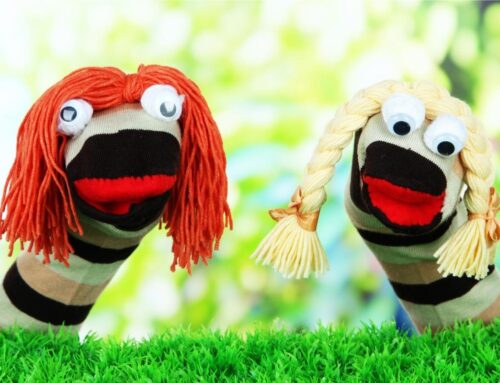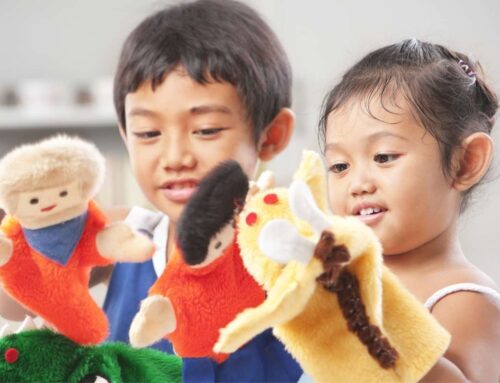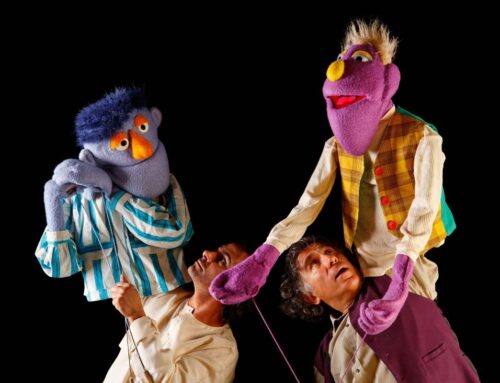Puppets aren’t simply a form of entertainment; they act as an important pedagogical tool for young children. Teaching with puppets is a captivating method that encourages young children to use their imagination and express themselves in a variety of ways, promoting social and emotional development. The benefits of teaching with puppets does not stop there; they are an interchangeable tool with limitless abilities, from fostering communication to promoting creativity, from establishing a positive learning environment to transforming attitudes.
To help promote puppet play in education, we have collated the main benefits of teaching with puppets and how to integrate them seamlessly into your classroom.
The Key Benefits of Teaching with Puppets

1. Establish a Safe Learning Space
Puppets can be a helpful tool to establish a comfortable learning space for children quickly. The International Journal of Science Education explains that children between seven and eleven do not see puppets having the same authority as teachers but instead as peer equivalents. For this reason, pupils are likely to be more comfortable responding to questions posed by puppets, even with the teacher acting as the puppeteer.
2. Grab the Attention of Students
Teaching with puppets can help direct the attention of young students, especially when the puppets are colourful. According to a 2013 study, colourful puppets have an increased ability to motivate students by capturing their imagination and making key learning takeaways more valuable. As a result, we recommend that educators and puppet makers work in collaboration to design vibrant puppets for the classroom.
3. Foster Diversity and Inclusion
From finger puppets to stick puppets, string puppets to hand puppets, it’s important that all interactions between young children and puppets model positive behaviours. By including a range of aesthetically different puppets in the classroom, pupils can develop empathy and acceptance towards those that look different to them.
How to Use Puppets in Education
Puppets are an extremely versatile tool that aids teachers in imparting essential knowledge to young children. To help teachers seamlessly integrate puppet play into their classrooms, we have listed three key methods below:
1. Learning from Mistakes
Young children constantly learn; they are trying things for the first time, making mistakes and hopefully learning from them. To help boost a child’s confidence during this process, show that the puppet doesn’t always have the right answers and that this is perfectly acceptable. This will help diminish any pressure experienced by pupils to get everything right the first time around.
2. Storytelling
Use puppets during story time to empower children and allow them a greater creative licence. This effective method of teaching with puppets is particularly beneficial for shy children as the focus is no longer on them but on the puppet they control. What’s more, children with less developed linguistic skills can use puppets to create visual reactions when they don’t have the appropriate words.
3. Incentives for Good Behaviour
Children are likely to see a puppet as an exciting commodity. Teachers can play on this by using the classroom puppet as a reward for good behaviour or hard work. This reward could take the form of a child leading their peers in song using the puppet, welcoming or waving goodbye to their peers using the puppet, or simply holding the puppet for the rest of the lesson.





